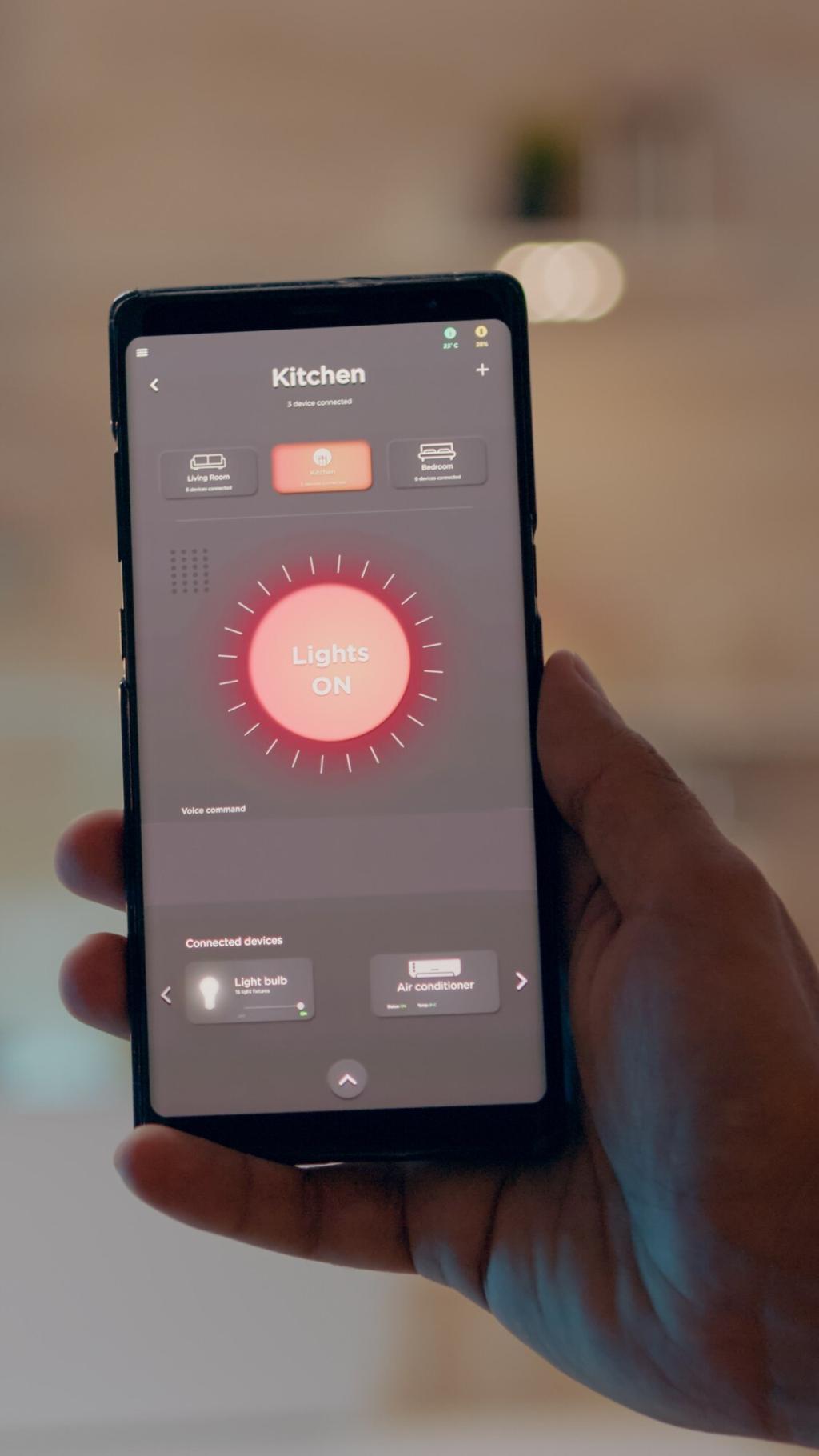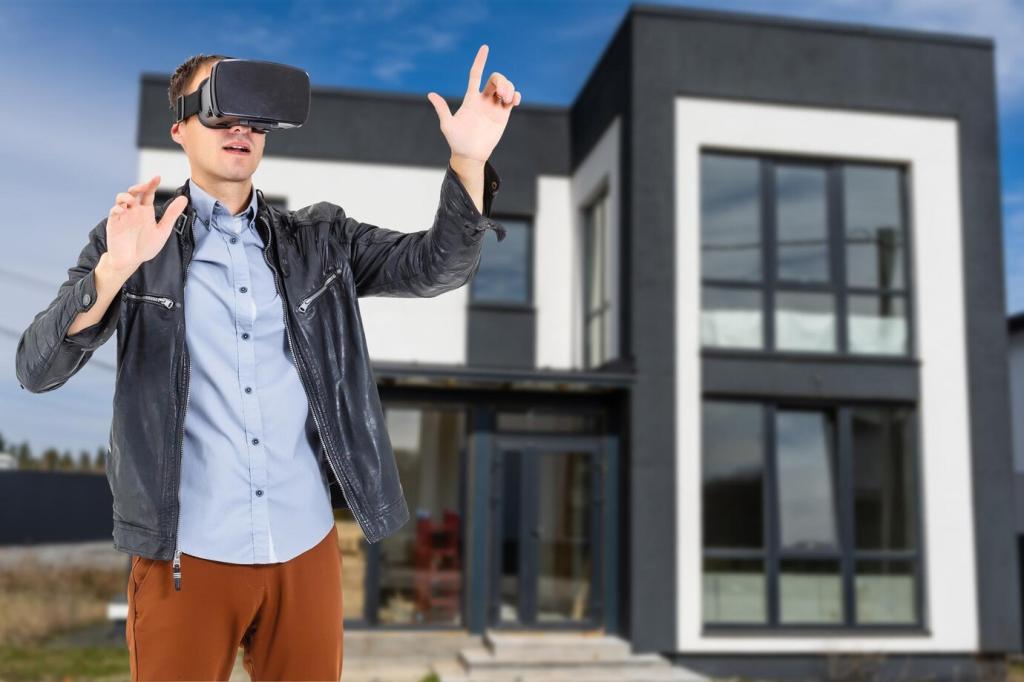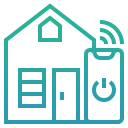
Voice-Controlled Smart Homes
The integration of voice control within smart home technology has revolutionized the way we interact with our living spaces. Today, commanding lights, adjusting thermostats, or even securing doors is as simple as asking a virtual assistant. Voice-controlled smart homes offer seamless connectivity, convenience, and an entirely new level of personalization, making technology an intuitive extension of daily routines. As these systems grow more sophisticated, they reshape our experiences, providing greater comfort, accessibility, and security in modern households.
The Evolution of Smart Home Technology
From Manual Controls to Automation
Initially, home devices required manual intervention—from flipping switches to operating remote controls. The advent of automation introduced programmable thermostats, lighting systems, and simple timers that responded to scheduling rather than user presence. These early solutions marked the transition toward more efficient energy use and enhanced comfort, laying the groundwork for more advanced integration. Over time, as internet connectivity became widespread, these devices began syncing with smartphones, inspiring a new era in home management where convenience and control became paramount.
The Rise of Voice Assistants
The entry of voice assistants such as Amazon Alexa, Google Assistant, and Apple Siri marked a watershed moment in smart home evolution. Rather than relying solely on manual input or mobile devices, users could now control a broad array of systems using natural language. This innovation propelled smart home adoption across demographics, making technology more accessible to everyone—including those less comfortable with complex interfaces. As natural language processing improved, these systems became remarkably responsive, allowing for multi-tasking and hands-free operation, further integrating intelligent automation into our daily routines.
Integration Across Devices
One of the defining attributes of modern smart homes is the seamless integration achieved between devices. Through central hubs and cloud-based connectivity, lights, appliances, security cameras, and even entertainment systems can collaborate, responding to a simple vocal command. These integrations create cohesive experiences—turning on ambient lights, adjusting climate, or setting security modes with a single phrase. Such interoperability removes technological roadblocks, allowing users to orchestrate entire environments effortlessly, reflecting a holistic approach to automation driven purely by human intent.


Voice-Activated Security Systems
The ability to arm, disarm, and monitor home security through voice commands has transformed how we safeguard our spaces. Homeowners can check the status of alarm systems, lock doors, or review security camera feeds solely by speaking. In scenarios where hands are occupied or reaching devices is inconvenient, this hands-free ability can be crucial. Emergency commands, such as triggering alarms or calling for help, provide an added layer of readiness and response, making safety truly accessible at a moment’s notice.
Monitoring and Alerts
Voice-enabled systems can seamlessly update homeowners about potential issues or breaches detected by smart sensors. From smoke and carbon monoxide detectors to notifications about unexpected activity, residents receive real-time alerts through their preferred assistants. This proactive communication allows users to quickly inquire about the home’s status and respond accordingly—whether at home or away. Integration with voice devices ensures that monitoring is not limited to visual displays but is accessible from anywhere in the house, ensuring constant vigilance.
Managing Access with Voice
Granting and revoking access to visitors is streamlined through voice-controlled smart locks and intercoms. Homeowners can unlock doors for trusted guests or receive and respond to deliveries without interrupting their activities. Advanced systems use vocal confirmation to perform these tasks securely, further minimizing the need for physical keys or codes. These features not only enhance convenience but add an extra measure of control over who enters your home, making sure access is always managed according to your spoken permissions.
